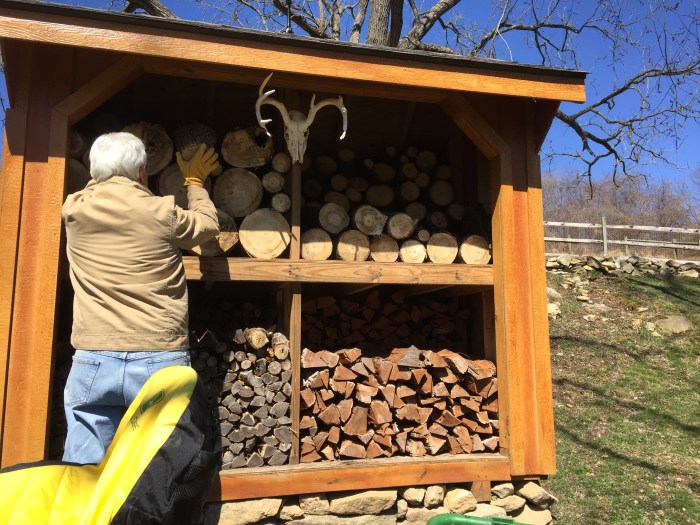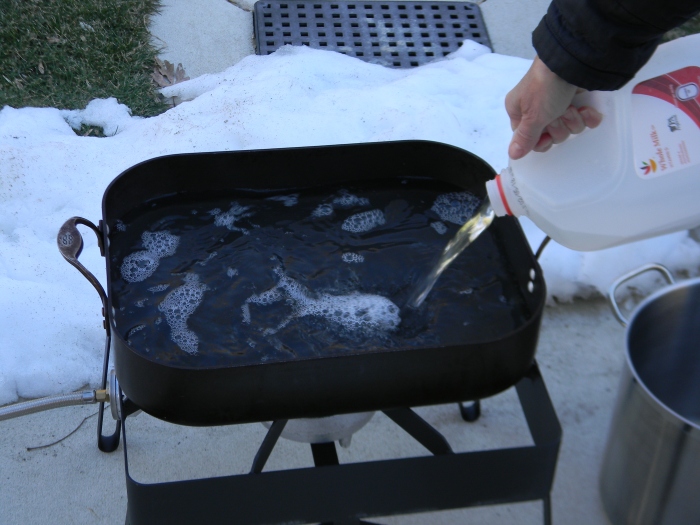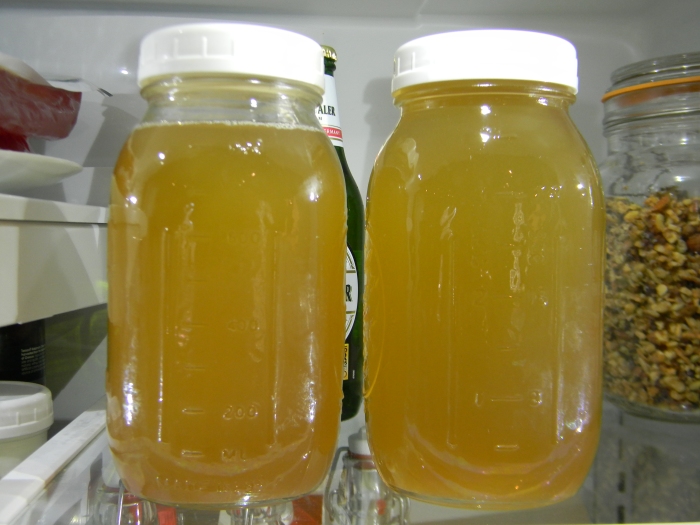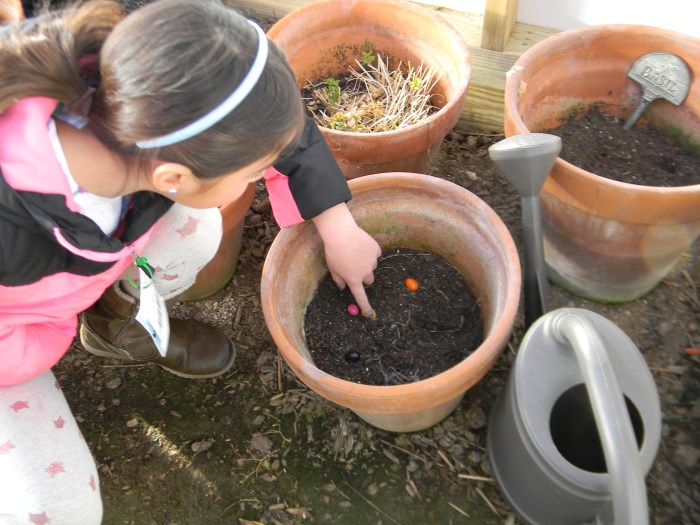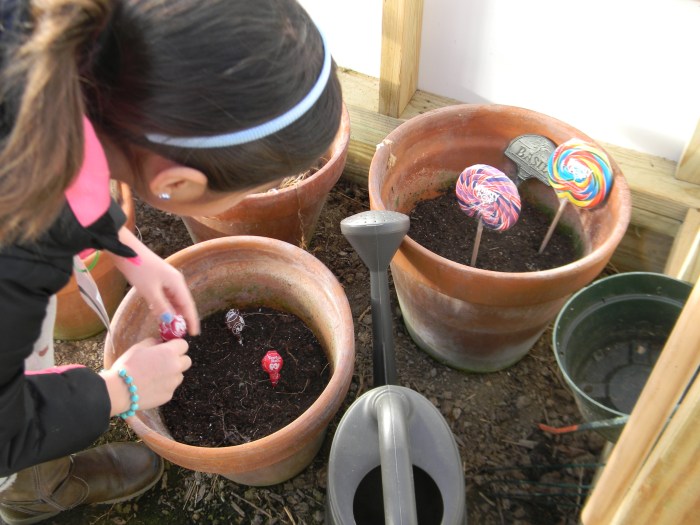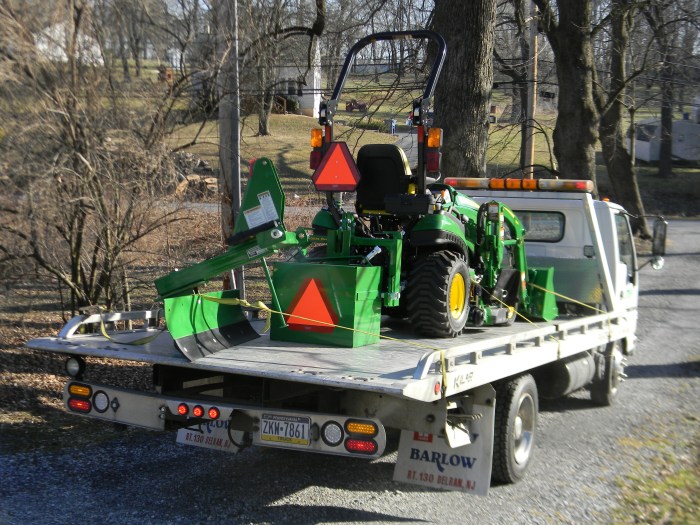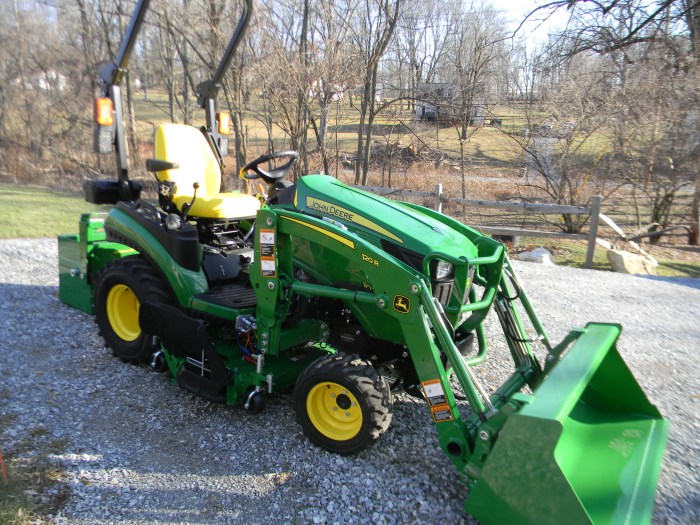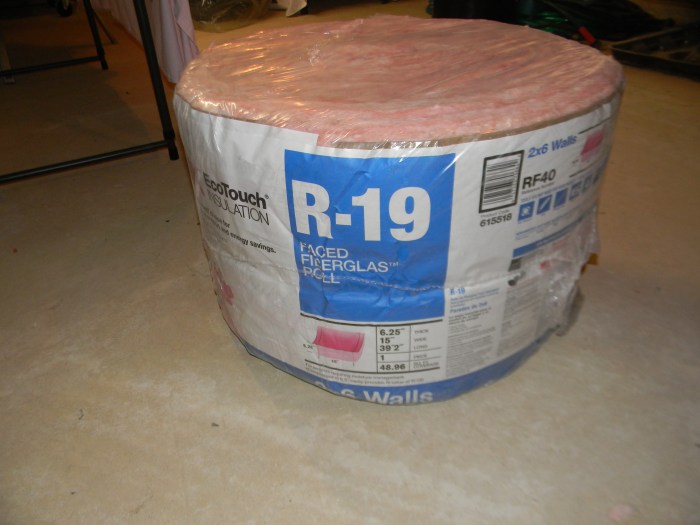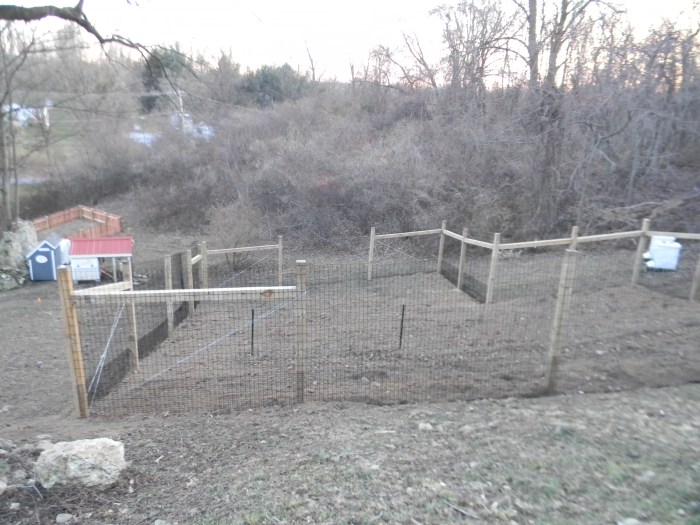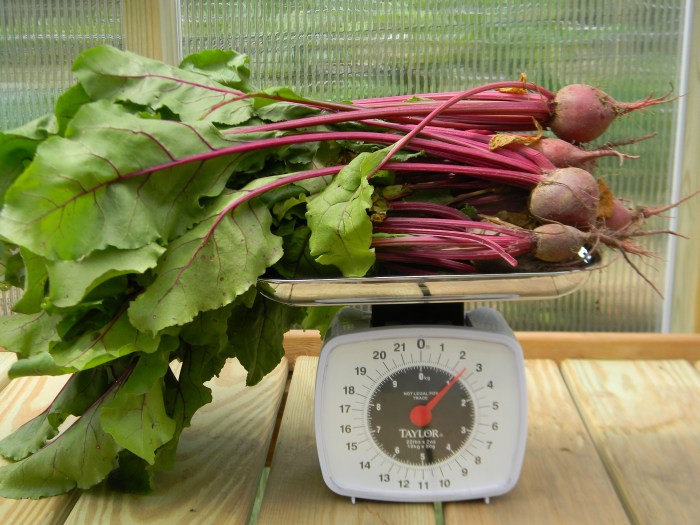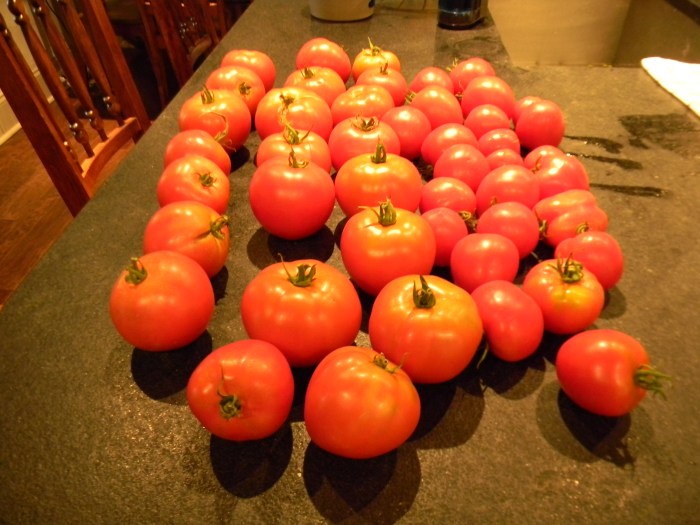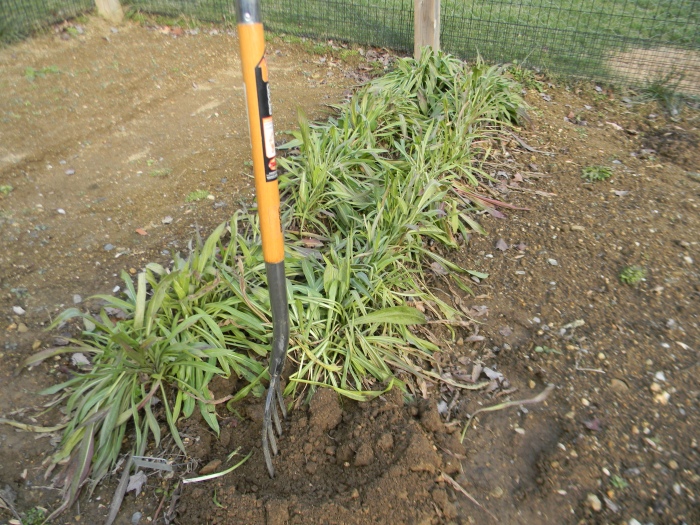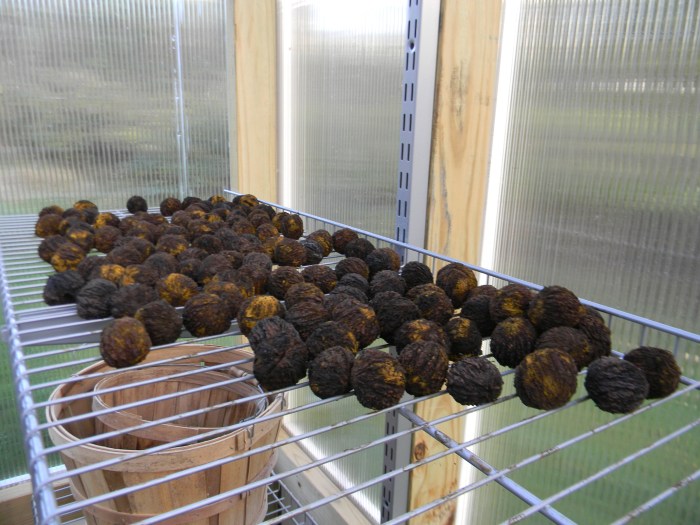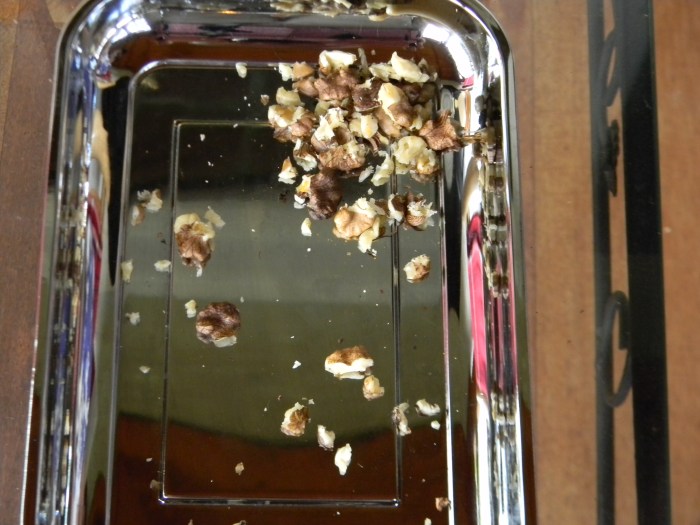Maybe we’ve finally turned the corner and spring will “March” in this April. The grass is greening, the daffodils have buds and the days are ever so slightly warmer.
But it’s what inside that is keeping us warm! We finally found a solution to our living room fireplace. From the beginning, it has been a struggle. It is on a north-facing wall against a steep outside slope, so getting a proper draft going always meant using a hair-dryer to blow hot air up the chimney, followed by bouts of smoke filling the room, opening multiple doors and “fanning” them to circulate the air, dissipate the smoke, and coax the fire to draft properly. The fireplace has a shallow fire box, and a very tight throat. I didn’t know fireplaces have throats, but apparently, ours is a problem. And if all of that wasn’t enough of a problem, we couldn’t close the damper at night until the fire was completely out – so any heat we did have, went straight up the tight throat of the chimney. We looked into getting a fireplace insert about a year ago, but nothing would fit in our tiny space.
Finally – we found a very cute (and very small) Vermont Castings wood stove that fits just right – it is the Goldilocks of wood stoves. Even better – it was last years model, end of season and on sale! After two days of four guys trying to figure out how to install this – we could start fires to “season” the stove. We could only burn a small fire and let it go completely out – repeat three times – before really firing it up. We are now in the firing it up stage, and the temperature in the family room has sky-rocketed from 66 to 76! I might have to give up my flannel pajamas and fuzzy blanket.
I can hardly wait for next fall so we can stay warm all winter long! And guess what Chris is doing today? Chopping wood!



